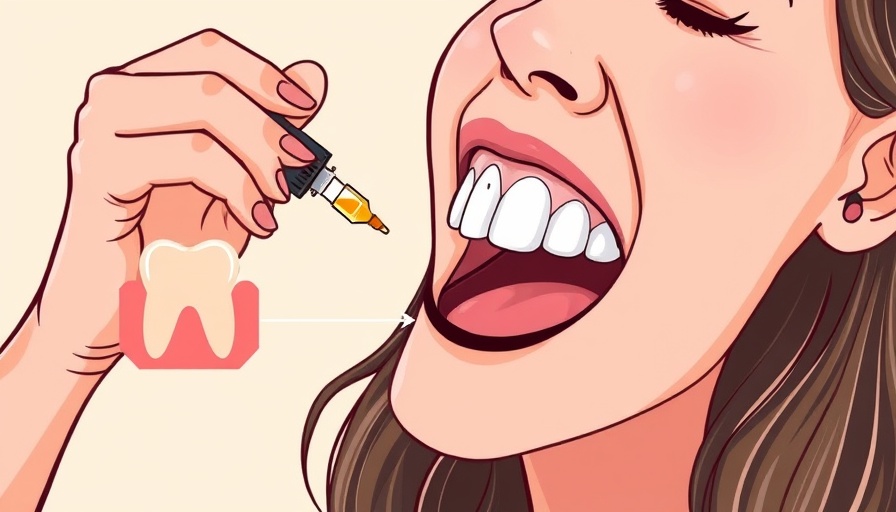
The Growing Plastic Problem
Plastic waste has reached alarming levels in our environment. With over 400 million metric tons of plastic produced annually, a staggering 91% remains unrecycled, leading to enormous landfills filled with our discarded materials. Shrinking our plastic footprint seems increasingly daunting.
The consequences of plastic pollution extend beyond trash heaps. Microplastics have infiltrated our oceans, food supplies, and even our bodies—detected in human blood samples. This pervasive contamination calls for innovative solutions to tackle our ever-growing plastic problem.
A Natural Solution: Meet Pestalotiopsis Microspora
Amidst this crisis, scientists have discovered a beacon of hope located deep in the Amazon rainforest: Pestalotiopsis microspora. This resilient mushroom has the astounding ability to consume plastic, surviving without sunlight or oxygen. Its natural adaptation allows it to thrive in conditions where conventional cleanup efforts struggle.
This extraordinary fungus not only proposes a natural solution to our mounting plastic waste but also opens doors for a sustainable approach to waste management. Imagine landfills being transformed as this mushroom does its work, breaking down plastic effortlessly and efficiently.
How the Mushroom Breaks Down Plastic
The process by which Pestalotiopsis microspora digests plastic involves enzymes that break down the tough polymer chains in plastic. Studies have shown that within a matter of weeks, the mushroom can significantly reduce plastic waste, paving the way for exciting possibilities in bioremediation (the use of organisms to remove or neutralize contaminants from a degraded environment).
Bridging the Gap: From Laboratory to Reality
While laboratory studies are promising, researchers are now focused on exploring the practical applications of using this mushroom in large-scale waste management. Translating these findings into actionable practices is key. Industrial-scale implementation will not only diminish landfills but also potentially open up new opportunities for sustainable job creation in green industries.
Counterarguments: Challenges We Face
Despite its potential, some researchers caution against over-reliance on this fungus as a panacea for plastic pollution. There are challenges to consider, such as unpredictability in growth environments and the effectiveness of all plastic types. Moreover, the continued production of plastics must be addressed simultaneously to create a meaningful impact.
Making Sustainable Choices: What Each of Us Can Do
The discovery of fungi like Pestalotiopsis microspora reminds us of nature's incredible potential. However, we must also empower ourselves by adopting sustainable practices in our daily lives. Reducing plastic consumption, supporting recycling initiatives, and opting for eco-friendly products are essential steps every individual can take. It begins with us.
Future Predictions: Embracing Nature for Environmental Solutions
As we move into a future where environmental sustainability becomes paramount, harnessing the incredible abilities of organisms like this mushroom could revolutionize our approach to waste management. By prioritizing nature-inspired solutions, we can aspire to a cleaner planet, where the balance between modernization and ecological health is restored.
It's clear that the journey to solving plastic pollution is ongoing, but with innovations like Pestalotiopsis microspora, genuine change is possible. As we venture towards a sustainable future, let's keep exploring the harmony of nature's solutions, staying mindful of our own responsibility while supporting the incredible work of nature's best allies.
 Add Row
Add Row  Add
Add 




Write A Comment